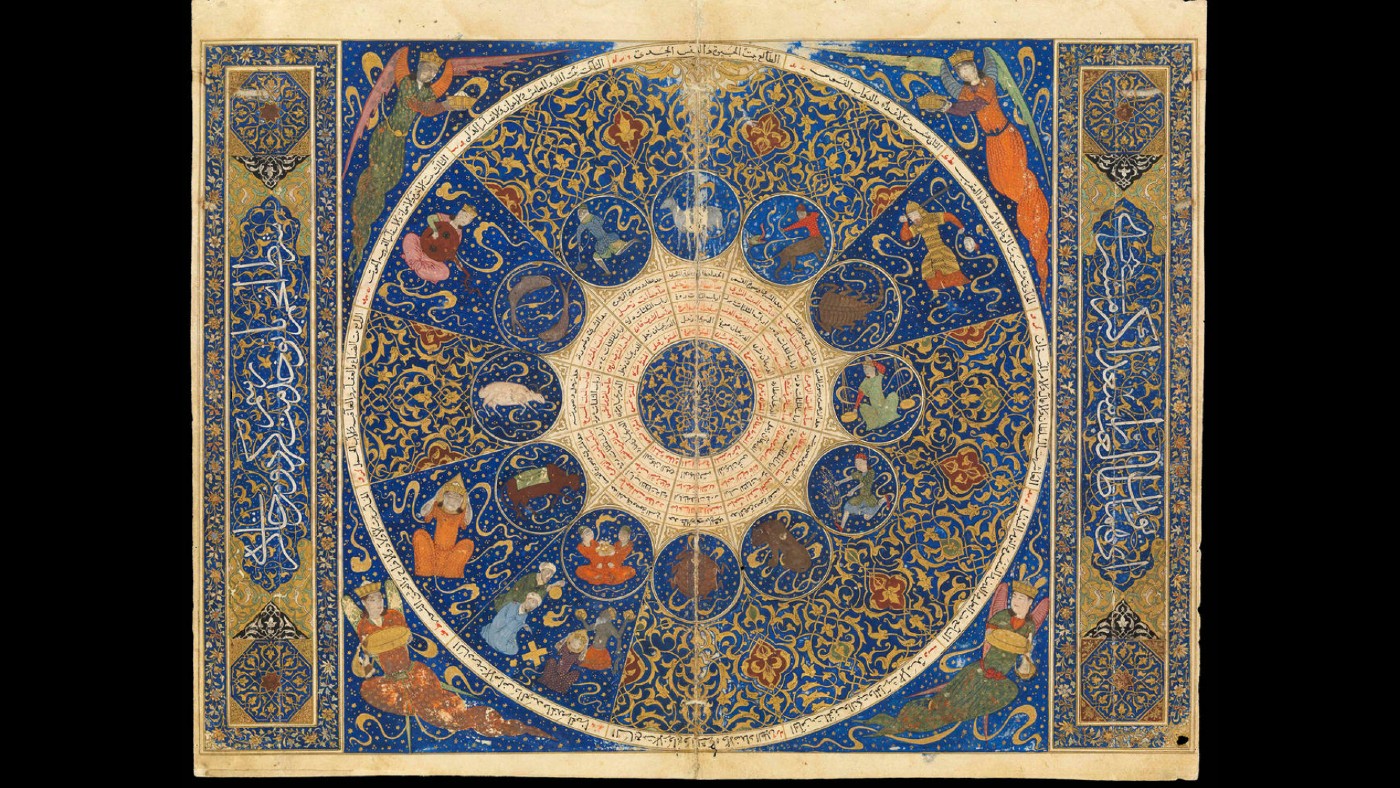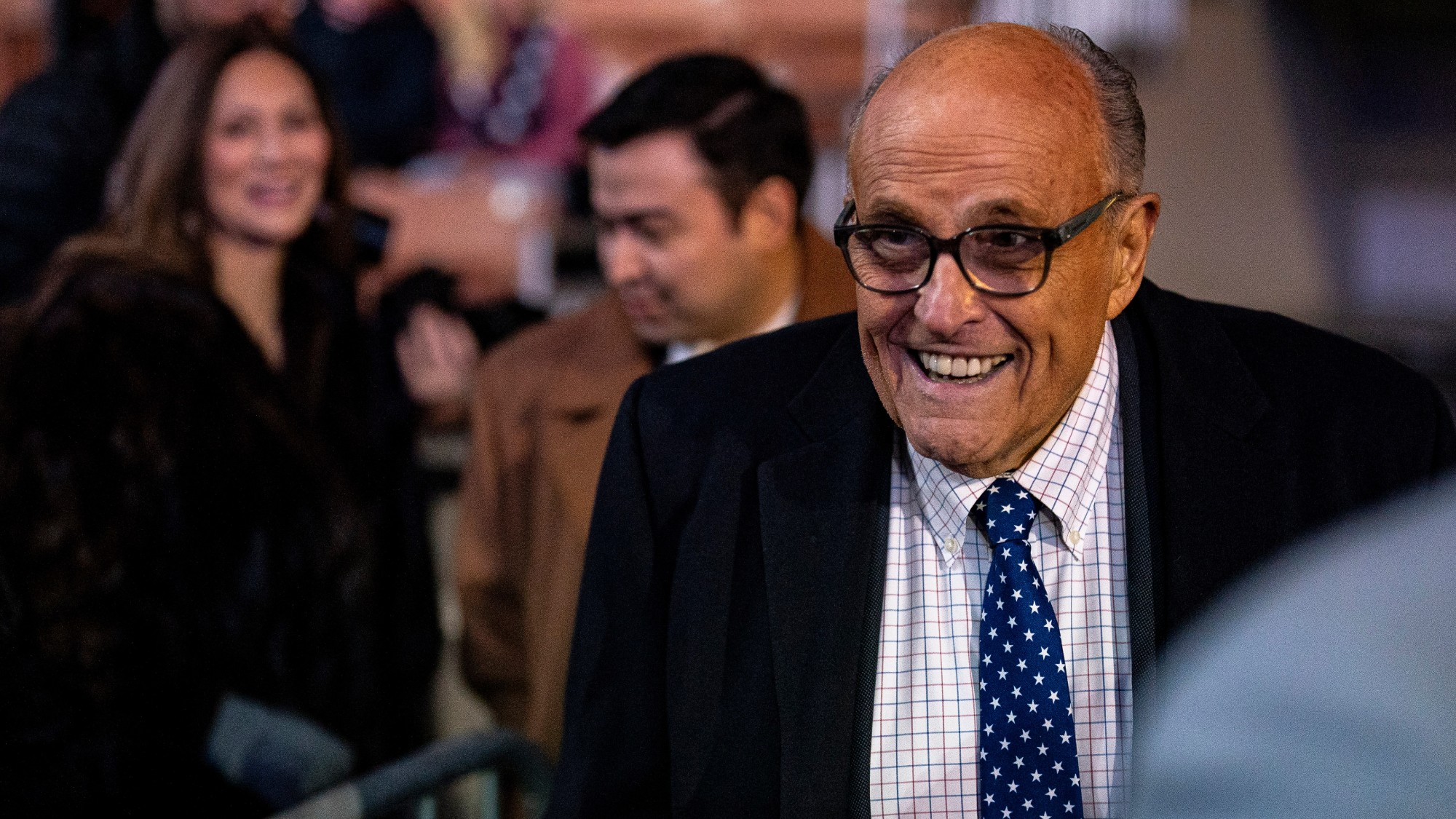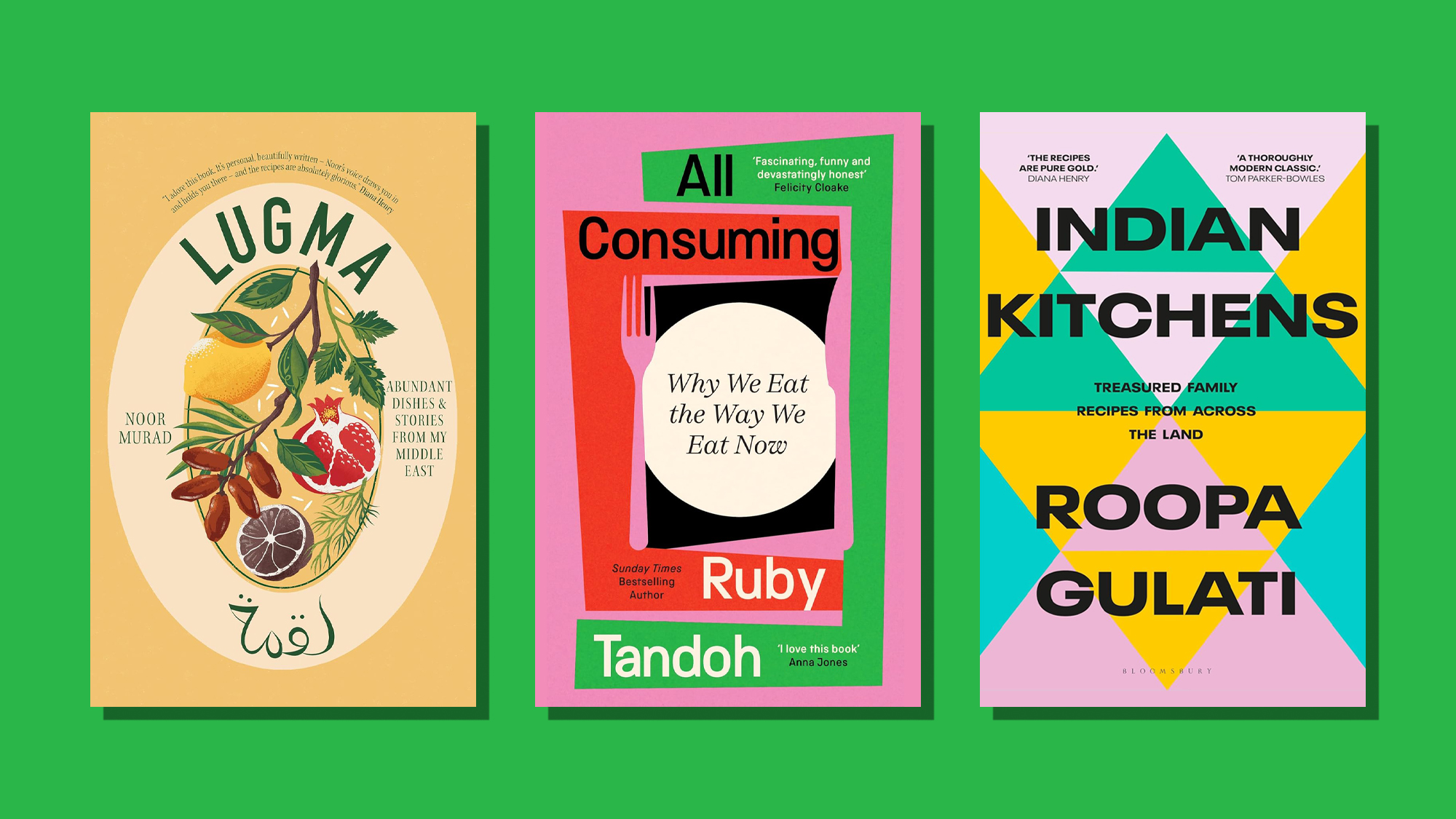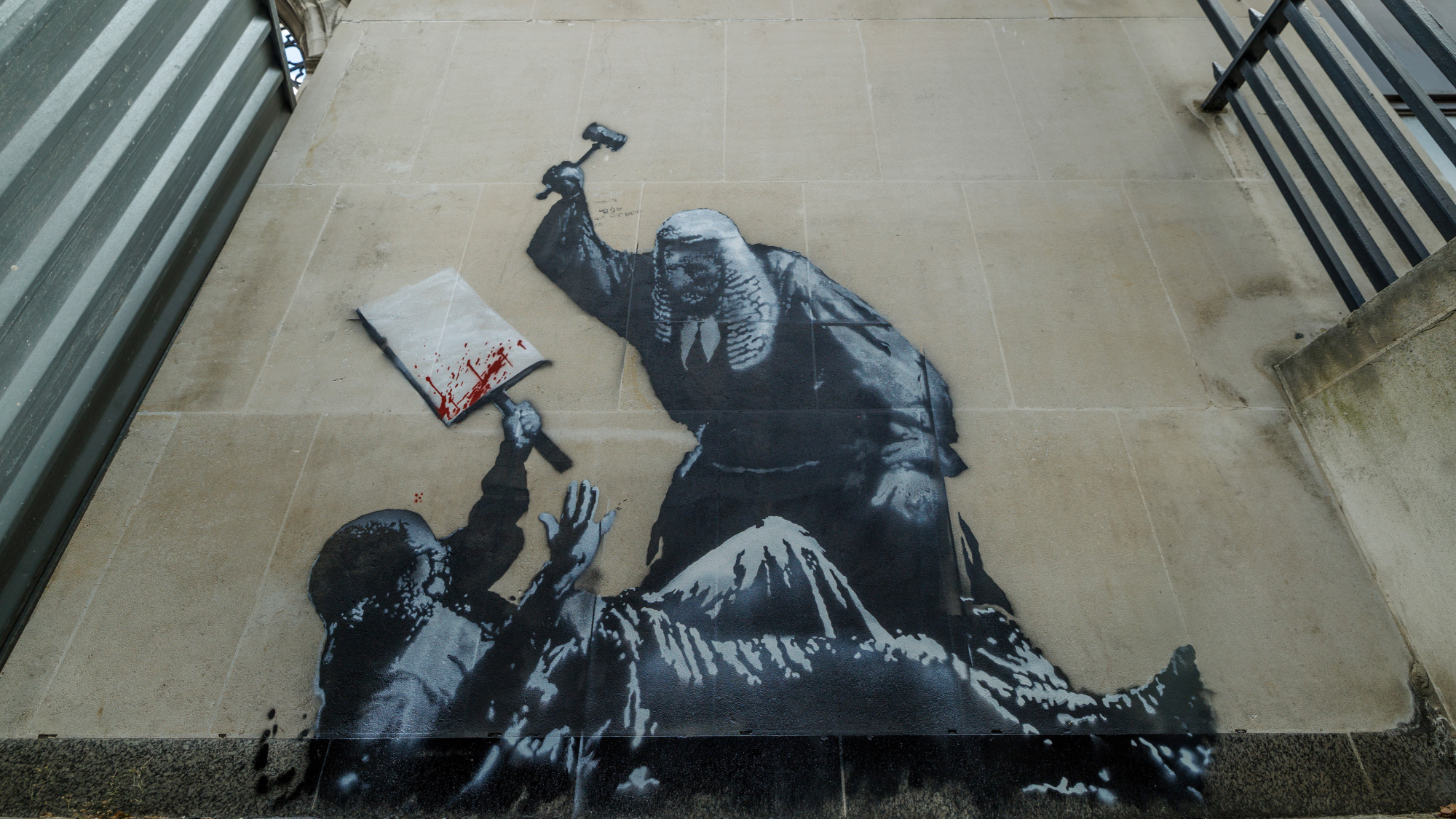Epic Iran: what the critics are saying about the V&A’s new exhibition
This is a blockbuster that both dazzles and informs, shedding light on one of the world’s most misunderstood nations

This exhibition is nothing if not ambitious, said Jonathan Jones in The Guardian. It aims to explore the cultural history of Iran from 3,000BC to the present day, summarising 5,000 years of civilisation into a single, coherent narrative.
To put it in context, this is a bit like “telling the story of Britain from before Stonehenge to the present and hoping it all connects up somehow”. Yet extraordinarily, it “delivers”. Taking us from the very first civilisations established in the area covering present-day Iran all the way to the 21st century, via the triumphs of the Persian Empire, the conquest of Alexander the Great, the conversion to Islam and the downfall of the last Shah, it is a fast-paced “luxury coach tour through the ages”.
Featuring everything from “gorgeous” manuscripts and exquisite carved metalwork to contemporary art and “quite brilliant” recreations of Iran’s “two most renowned sites”, Isfahan and Persepolis, it convincingly shows that many of the country’s present-day customs have their origins in traditions practiced by “the people who lived here five millennia ago”. This is a blockbuster that both dazzles and informs, shedding light on one of the world’s most misunderstood nations.
The Week
Escape your echo chamber. Get the facts behind the news, plus analysis from multiple perspectives.

Sign up for The Week's Free Newsletters
From our morning news briefing to a weekly Good News Newsletter, get the best of The Week delivered directly to your inbox.
From our morning news briefing to a weekly Good News Newsletter, get the best of The Week delivered directly to your inbox.
“It’s a mind-expanding experience,” said Rachel Campbell-Johnston in The Times. Iran, typically viewed as “closed-off, restrictive and disconcertingly alien”, is revealed to have been a place of “astonishing cultural pluralism”, where “Arabs, Greeks, Kurds, Jews, Zoroastrians, Sufis and Muslims all mixed”.

Nor has it ever been a cultural backwater: one of the first things we see is a “skilfully wrought” silver antelope which is thought to date to 3000BC; at the time, Western Europe was still marooned in the Stone Age. We see “splendidly illustrated” manuscripts of “Persia’s greatest literary masterpiece”, the Shahnameh, or Book of Kings; a 16th century carpet with poetry inscribed around its borders; and the famed Cyrus Cylinder (c. 539BC), a “barrel-shaped piece of baked clay” inscribed with what is believed to be the world’s first declaration of human rights.
Perhaps most extraordinary of all is 15th century potentate Iskandar Sultan’s horoscope, a “visually dazzling” map of the Zodiac specifically fiddled to give the impression that Iskandar possessed the requisite “heavenly qualities”.
It’s all rather bewildering, said Alastair Sooke in The Daily Telegraph. In the space of a few rooms, we zip from Cyrus the Great to the “mighty” Parthian empire, to the complexities of the Zoroastrian religion – with its “fire temples” and “towers of silence”, in which vultures “picked clean dead bodies”.
A free daily email with the biggest news stories of the day – and the best features from TheWeek.com
The Qajar dynasty (1789-1925) is “stuffed into a corner near the end”, with many tantalising details left unexplored: what, for instance, became of the ballet-loving 19th century ruler who “demanded that upperclass Iranian women should raise their hemlines to imitate tutus”? But before you know it, it’s 1979 and the Shah has fled, paving the way for the Ayatollah Khomeini and decades of international isolation.
Even the final section, featuring some “brilliant, fascinating” artists, photographers and sculptors working in Iran today, crams their works together “like commuters jostling on the Underground”. To those of us who know Iran largely from “news footage of grim-faced mullahs”, this show will be “a revelation”. But nothing is given much “room to breathe”.
-
 A running list of the US government figures Donald Trump has pardoned
A running list of the US government figures Donald Trump has pardonedin depth Clearing the slate for his favorite elected officials
-
 Ski town strikers fight rising cost of living
Ski town strikers fight rising cost of livingThe Explainer Telluride is the latest ski resort experiencing an instructor strike
-
 ‘Space is one of the few areas of bipartisan agreement in Washington’
‘Space is one of the few areas of bipartisan agreement in Washington’Instant Opinion Opinion, comment and editorials of the day
-
 The ultimate films of 2025 by genre
The ultimate films of 2025 by genreThe Week Recommends From comedies to thrillers, documentaries to animations, 2025 featured some unforgettable film moments
-
 Into the Woods: a ‘hypnotic’ production
Into the Woods: a ‘hypnotic’ productionThe Week Recommends Jordan Fein’s revival of the much-loved Stephen Sondheim musical is ‘sharp, propulsive and often very funny’
-
 The best food books of 2025
The best food books of 2025The Week Recommends From mouthwatering recipes to insightful essays, these colourful books will both inspire and entertain
-
 Art that made the news in 2025
Art that made the news in 2025The Explainer From a short-lived Banksy mural to an Egyptian statue dating back three millennia
-
 Nine best TV shows of the year
Nine best TV shows of the yearThe Week Recommends From Adolescence to Amandaland
-
 Winter holidays in the snow and sun
Winter holidays in the snow and sunThe Week Recommends Escape the dark, cold days with the perfect getaway
-
 The best homes of the year
The best homes of the yearFeature Featuring a former helicopter engine repair workshop in Washington, D.C. and high-rise living in San Francisco
-
 Critics’ choice: The year’s top 10 movies
Critics’ choice: The year’s top 10 moviesFeature ‘One Battle After Another’ and ‘It Was Just an Accident’ stand out